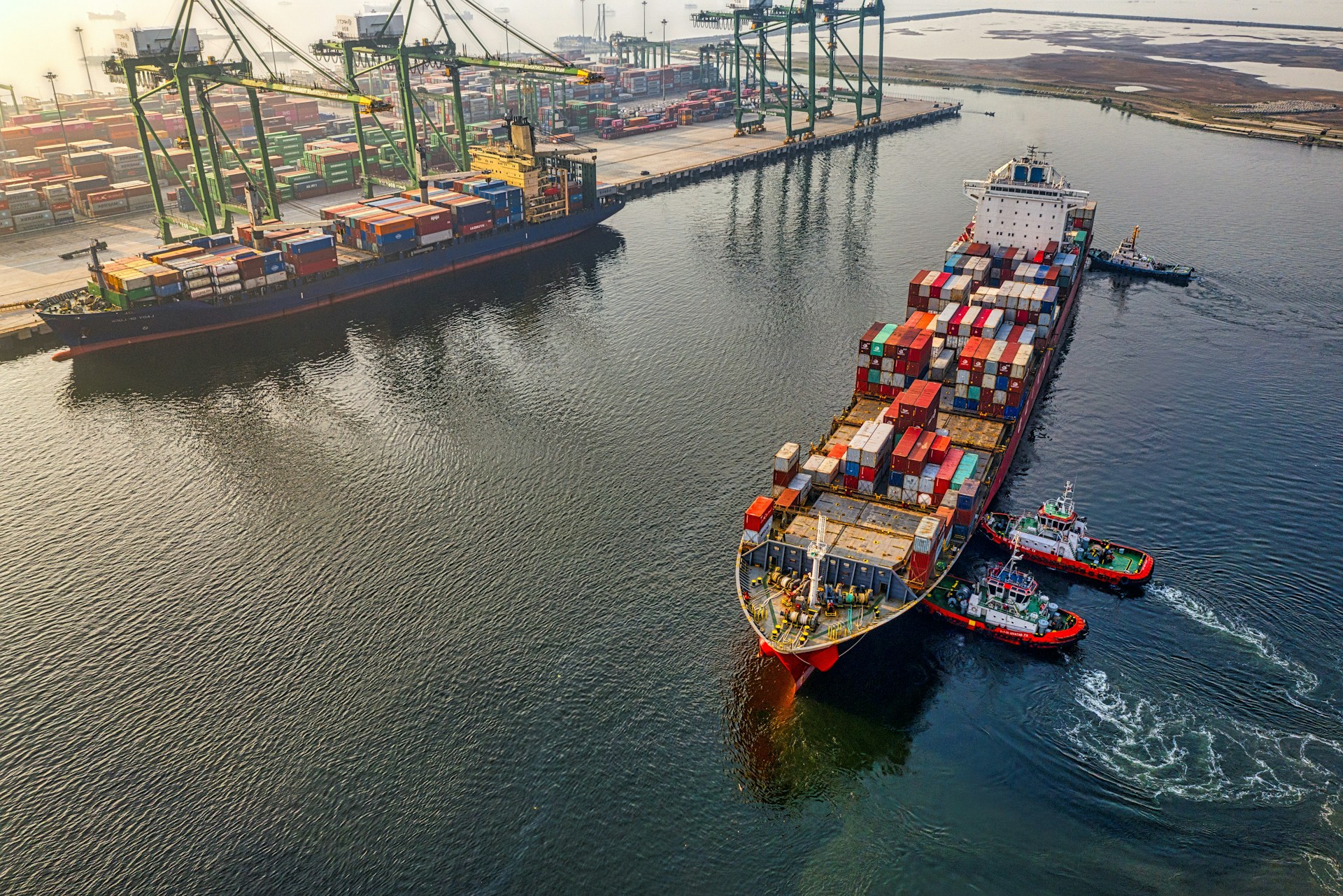By: Desislava Yordanova and Catherine Alvino
The Food & Beverage industry today is steered by many positives: a broad commitment to sustainability, technology that enables greater product traceability, and of course the plethora of tasty food and drink offerings that can satisfy all types of consumer preferences and needs.
The industry, however, is also vulnerable to many realities that present persistent challenges. Severe climate events like droughts and floods, socio-political factors that curtail access to key crops, stubborn inflation levels pinching shoppers’ wallets, and a growing population to feed have all put pressure on farmers, businesses, and consumers alike.
A taste of what people are eating these days
Recently, the Wall Street Journal announced Smucker’s acquisition of Hostess, the maker of Twinkies. Mark Smucker, Chief Executive of the namesake brand known for their jelly, was cited for saying that indulgent snacks have grown at a 20% faster rate than their healthier alternatives in the past three years.
Although conscious eating is embraced by a strong share of consumers, the acquisition indicates some still carve out a spot on their plates for treats. What’s more, we’re seeing established F&B brands enter new market divisions to grow their revenue streams. Lunchables is doing this by exploring more in the food service segment; it’s partnering with America’s schools to serve the classic meal-in-a-box to students at lunch.
While an interest in comforting snacks remains, health-conscious eaters are undoubtedly out in the world in full force. In an online survey of 8,000 consumers in the United States, Germany, France, and the UK conducted by McKinsey & Company, 50% of those surveyed considered healthy eating to be a top priority. There is also a strong trend of flexitarianism in these countries, where nearly half or more of consumers follow a flexitarian diet of mostly plant-based food with limited meat intake.
The Food & Beverage Supply Chain
The Food & Beverage market size is expected to reach $8.9 trillion in 2026, based on a recent forecast from The Business Research Company. A more shocking number is that by 2050, demand for food is estimated to rise 50% compared to 2012. This figure was presented by the UN Food and Agriculture Organization (FAO) in its 2017 report, The future of food and agriculture – Trends and challenges, and was then highlighted in an interesting piece by S&P Global Sustainable1, titled, “How global food producers are responding to rising water stress,” .
The food supply chain relies on farmers, producers, manufacturers, processors, distributors, transporters wholesalers, and retailers. They are responsible for delivering food to the many food distribution channels that exist, including grocery stores, hypermarkets like Walmart Supercenter, restaurants, hotels, hospitals, and schools. Distributors work closely with brands and manufacturers, whereas wholesalers cater to the needs of retailers first and foremost.
An important factor that sets the food supply chain apart from others is the issue of perishability. Fresh produce, seafood, meat, dairy and other items with short expirations must be handled and stored efficiently and safely.
These days, technology and innovative packaging are revolutionizing the industry allowing for safer and more efficient food supplies. Food Safety magazine points to this phenomenon in one of their recent articles, indicating that digital capabilities now enable up-to-date tracking of products, which can become especially important in the case of a food recall.
Packaging has also introduced new tech-savvy features that promote transparency. Take, for instance, a snack-size bag of Lay’s Sour Cream & Onion chips. Consumers can now scan a QR code right on the bag and it will redirect them to a web page with nutritional facts, certifications, an explanation of what “Best if used by” means and Pepsico’s greater mission on sustainability.
To this last point, we’re seeing companies taking their sustainability efforts seriously. The same S&P Global report reveals that “about half of major food and beverage producing companies have a publicly available commitment to sustainable agriculture, which focuses on preserving natural resources such as fresh water; not all of those commitments cover the full scope of their supply chain, according to the 2022 S&P Global Corporate Sustainability Assessment (CSA).”
Factoring can be one solution to optimize working capital for Food & Bev companies
Access to working capital is vital in the Food & Beverage industry. Given the perishability aspect of this product category, as well as the swings in demand arising from changing consumer tastes, seasonal fluctuations, weather-related events, and socio-political circumstances, factoring is a strategic tool that can enable a company to better manage their inventory and optimize their cash flow so to avoid a shortage in working capital. Working capital is needed for raw materials (and factoring can be especially useful when production demand ramps us), packaging and distribution and other operating costs.
Factoring is used by companies that are experiencing growth, looking to enter markets abroad or additional business segments, and by those seeking to launch new products. Capital from this service is also allocated to building up production facilities. The same key players that support the food supply chain ecosystems are ideal candidates for factoring: farmers, manufacturers, importers, exporters, processors, trading companies and other food producers.
Companies in this industry also face longer payment terms with their buyers, which can give buyers up to 90 days to pay their bills. Factoring releases the capital tied to unpaid invoices, advancing payment to suppliers upfront while reserving these longer windows (up to three months) for customers to settle their dues. Suppliers can also pay their vendors in a timely manner with the additional liquidity on hand. All together, these payment optimizations facilitate more reliable supply chains and perhaps happier supply partners.
Since food can also perish quickly, access to fast funding can be imperative to get liquidity into the hands of food producers so it can be served to the population, reduce waste and increase their profitability. While many traditional banking institutions might refrain from taking on the risk of perishable items like seafood, alternative trade finance companies that provide factoring services are willing and flexible enough to work with these temporal– but life-sustaining – products.
About Tradewind Finance
Founded in 2000, Tradewind Finance maintains a network of offices all over the world, including Bangladesh, Brazil, Bulgaria, China, Hong Kong SAR, Hungary, India, Pakistan, Peru, Turkey, UAE, and the USA as well as the headquarters in Germany. Combining financing, credit protection, and collections into a single suite of trade finance products, Tradewind brings streamlined, flexible, and best-in-class services to the world’s exporters and importers.



